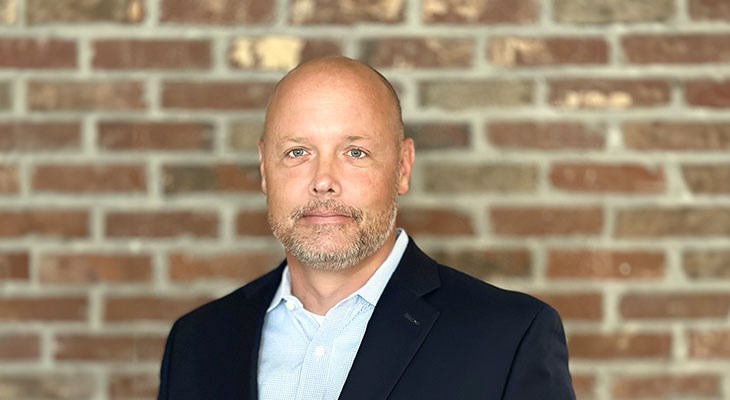Running Innovations in Nutrition and Wellness (INW), a manufacturing company with multiple plants that had 15 percent of its staff in admin and 85 percent doing the manufacturing work, Former CEO Jared Leishman wanted to find a way to get the employee on the floor to care about aspects of the business such as the sales pipeline, the open orders list, the execution of the production schedule, and ultimately EBITDA, because that's how the company, which was private-equity backed, is valued. What he did, he told attendees at the Chicago Smart Business Dealmakers Conference, is break those elements down and make them both visible and tangible to folks on the floor.
"We did policy deployment where we aligned the business to the key metrics on the floor, which was revenue for employee hour, downtime measurements, simple things that the manufacturer on the floor could see," Leishman says. "And we put up simple on metrics. We leverage technology as an accelerator to growth. So, we put the tools of the technology in the users’ hands."
For example, when they had to change over their machines, it could mean one hour of downtime, which cost thousands of dollars per line. Leishman wondered how to get the shift supervisor to understand the impact it would have if they could cut that time down to 30 minutes, and how could that be made to affect the people responsible for it.
"They don't really care about the revenue or EBITDA that they're generating for the business," he says. "What they understand is they won the day — simple metrics on how did they win."
That program was dovetailed into a reward mechanism they called Five Star. It would rank how they did on factors such as quality and time. And when they hit those, at the end of the month, they got compensated for it. With that system in place, productivity nearly doubled.
"As soon as we get the tools in place and that leadership team bought into it, it made my life a lot easier because now you've got all that technology," Leishman says. "Now I have a dashboard on my computer that I log into a plant, I pull it up, I see the 35 work centers, I see how they're producing per hour. Then I can take that to my shareholder. And if they want to see it, I don't care. Look at it. Here's how every day works. Here's how every week works. Here's how every month works. Here's how a quarter is. Finance will reconcile. They'll provide a pretty financial statement every month, every quarter, every year end. It just allowed us to get to what matters most for the employee — how do they care? How do we make them care? And that's what we did."
Policy deployment and risk mitigation was also away to allay some of the nervousness people felt as economic factors led to worry. But it was important not to do too much.
"When I first came in, every division had, like, 10 initiatives for the year," he says. "You roll that up under 10 companies, all of a sudden you got 100 initiatives we're trying to track. We capped it at three."
To put those in place, he says all the divisions would meet to focus on the top three initiatives that were expected to move the needle during uncertainty.
"What do we know? What can we control? And what can we do with the least amount of capital?" he says. "And you get them in that mindset of them becoming that business owner."
In one example, he says at a time when they didn't have much capital to deploy and were just getting back profitable, they looked at adding and improving the technological infrastructure.
The company upgraded its ERP system, added a lab information management system, and added an OE measuring tool. That investment, he says, likely generated more return than the EBITDA did based on the advanced manufacturing they put in place. And it was done with hardly any money. It also helped draw attention away from the state of the economy.
"They weren't focused on what was happening in the market or the economy. They're focused on, 'Today, I've got to get this done," he says. "We called it The Whirlwind — get it done the first thing they do in the day. They had to get their strategic stuff done before they got caught up in the whirlwind of the day to day. So, we were very disciplined about, hour one, we're focused on strategy, hours two through six through eight, you can have that for the whirlwind. But I made them delegate — give me that one hour every morning to be very disciplined."




